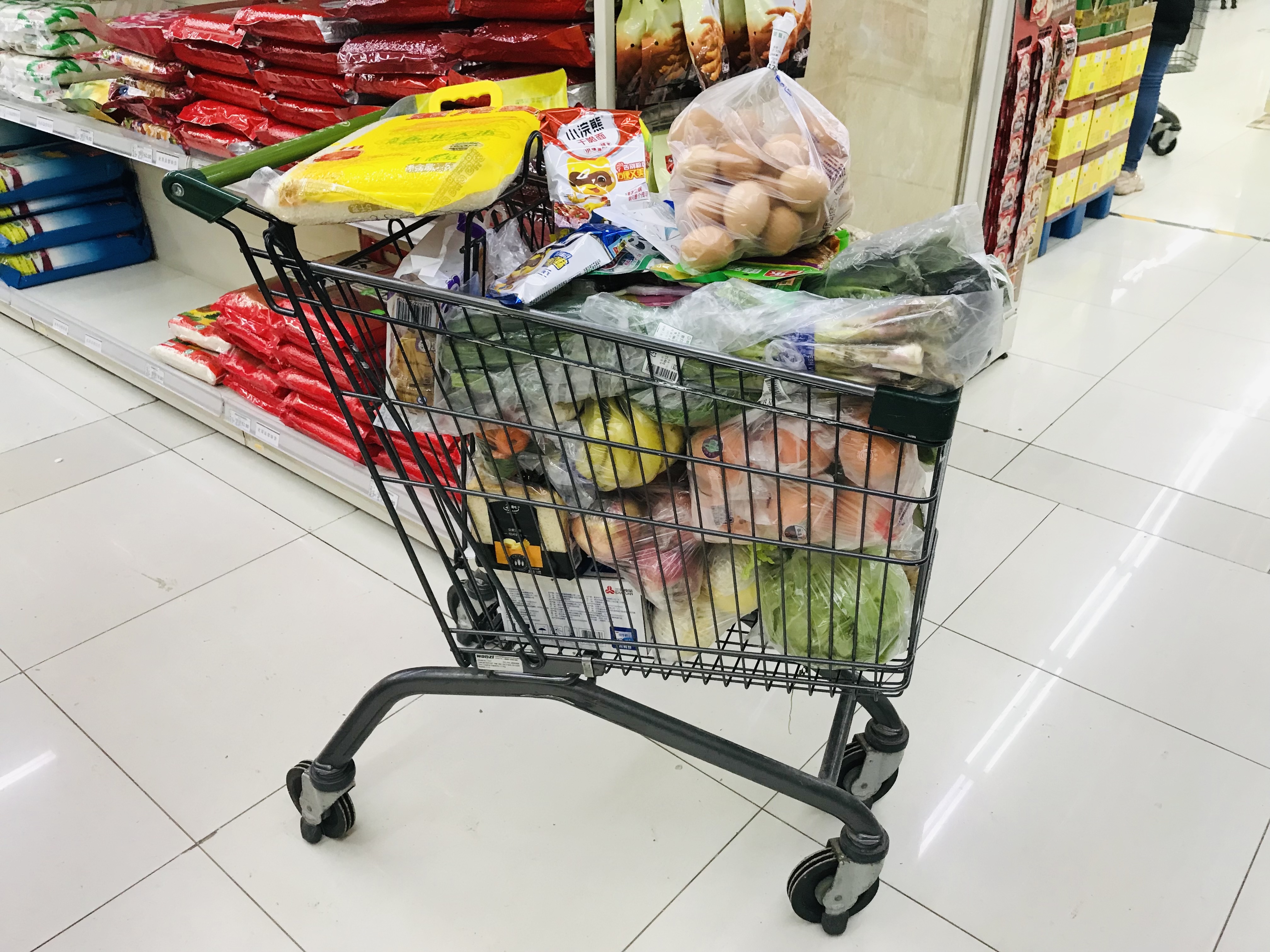How I Embraced Remote Work Amid the Coronavirus Pandemic
Remote work becomes popular all over the world in the context of the coronavirus pandemic (COVID-19). I’ve worked remotely for three months since Feb 3, 2020. Before this, I only WFH occasionally, each time within three days. So it’s the first time that I WFH for a relatively long period of time.
May 18, 2020 is the day that all staff at PingCAP (the company that I’ve been working for since Aug 3, 2017) can return back to the offices. This means the end of my remote work. The last few months have been an unusual experience to me, during which I got used to working remotely in a productive and happy way. In this post, I’d like to share some practices and thoughts about remote work. 🤔
Table of Contents
Preparations
What to eat and where to work at home.
Three meals, fruit, snacks
🥘 Food comes first. Amid the coronavirus pandemic, we need more than ever to eat nutritious foods rich in vitamins and protein, to enhance our immunity and keep healthy.
Generally, my husband and I walked about five minutes to the nearest supermarket to buy household essentials every two weeks. At other times, we just stayed at home. Because each time we bought a lot of foods 🛒, it was really a challenge to get them home. Then we came up with the idea of using a big luggage case to hold food, which was proved a good solution, though kind of weird. Later, as the disease became under control, we went out for shopping each week or even more frequently. And we didn’t need to carry a luggage case with us any more.

🍎 Vegetables and fruits constituted the majority of our essentials because my husband and I both love them very much. For protein, we would buy meat, eggs, yogurt, milk, and tofu. Snacks like chocolate bars, sunflower seeds, haw rolls, walnuts are also on the shopping list, because they can help us relax and recharge during a short break. In addition, we also bought juice or zero calorie Coca-Cola sometimes.
Then how to prepare three meals on each workday? Here’s our list:
- Breakfast:
- Option 1: Baked bread slices + Yogurt + Fruit + Nuts
- Option 2: Multigrain porridge + Boiled eggs + Fruit + Nuts
- Lunch: Steamed rice + Two dishes (at least two veg, with meat or tofu or eggs)
- Dinner: (Usually simple) Noodles with some veg + Poached eggs
A dedicated workspace
👩🏻💻 To keep productive during remote work, it’s essential to set up a good workspace. I like a dedicated, tidy, and quiet workspace, which can keep me focused. So I prepared such a workspace at the first beginning.
If you’ve never worked remotely, you may think that you can choose and change your workspace at will, wherever you want, such as your living room couch, your bed and so on. Chances are this doesn’t work well and you’re more likely to be distracted.
Work practices
Grow from a remote work “newbie”, to a “veteran” remote worker.
Great tools
🛠 Great tools can improve work efficiency. A complete digital toolset has been used at the company for a long time, which is friendly to remote work already.
For example, using GitHub for hosting and reviewing code, Zoom for video meetings, Slack for chat and bot messaging, WeChat Enterprise for instant messaging, Confluence for collaboration, Jira for tracing progress, Trello for managing specific projects, tools for docs sharing and so on.
Daily stand-up
Effective team communication can keep one from feeling mentally lonely, though physically alone. The daily stand-up has been working well in our team.
When the coronavirus still spread fast, all coworkers in our team just stayed and worked at home, and probably with some concerns or worries. On the first day of remote work, we even had one newcomer (Ran) joining, and I’m her mentor. Without regular communication, team members tended to feel isolated, having no idea what coworkers were doing and what was going on in the whole team.
🤖 Soon, our team introduced a daily stand-up bot (Standup Alice) in Slack. This bot served as a daily reminder of filling in a stand-up list, and a information collecting and delivery hub. Each team member could see the progress and next steps by all the others in the team. In addition, we shared blockers in this stand-up, making them easier to get resolved with the help of or advice from other team members.
Later, we turned to Zoom for video daily stand-up meetings. This way, we could see and hear each other, and would feel more closely connected.
One-on-one
🤜🤛 One-on-one meetings are a good opportunity to know more about direct reports, offer constructive advice, keep them on track, help them with personal growth, and enhance their sense of belonging.
A one-on-one involves two persons talking directly, usually between the team leader and another team member, or between a mentor and a mentee. As the leader of a small team, I have a one-on-one with each of my direct reports regularly. Generally, each one-on-one lasts about one hour. And I often get direct positive feedback from team members at the end of one-on-ones.
Online team building
👩🎤 Team building helps turn a team into a more cohesive one. Before the outbreak of COVID-19, we often have onsite team building activities, though not so regularly.
During the pandemic, one team member would end her internship on Mar 2, to focus on her thesis. Then we decided to hold a team building activity on her last day, as a farewell.
Since we couldn’t gather together physically, we tried online team building ideas, such as solo or duet singing at Changba (an app offering a portable KTV booth) 🎼, and a multiplayer interactive game based on graffiti and guessing. Also, we used Zoom to see and talk to each other. An interesting try!
Personal productivity
In a survey, the majority of respondents reported greater productivity when working remotely compared with working in an onsite office.
During my three-month remote work, I also found that I was unexpectedly more productive and much busier when working at home than working at the company office. Working remotely won’t affect productivity 📈, as long as one is disciplined.
Work-life balance
When I work on site, the commute is like a dividing line between personal time and working time, though not a strict line. Remote work cuts the commute out of a workday. I got more time at home and the dividing line became vague.
The majority of respondents in a survey reported feeling happier when working remotely. For me, I’m not definitely sure whether I was happier or not. I prefer to maintain a sense of calm and inner peace.
But nutritious foods did keep me energetic and in a good mood. And I often did (and still do now) some exercises before work in the morning. In addition, I kept the habit of taking a 15-minute nap after lunch, which could help me keep focused in the following working hours.
⭐️ In the end, I’d like to share a saying with you:
It is the working man who is the happy man. It is the idle man who is the miserable man. - Benjamin Franklin

